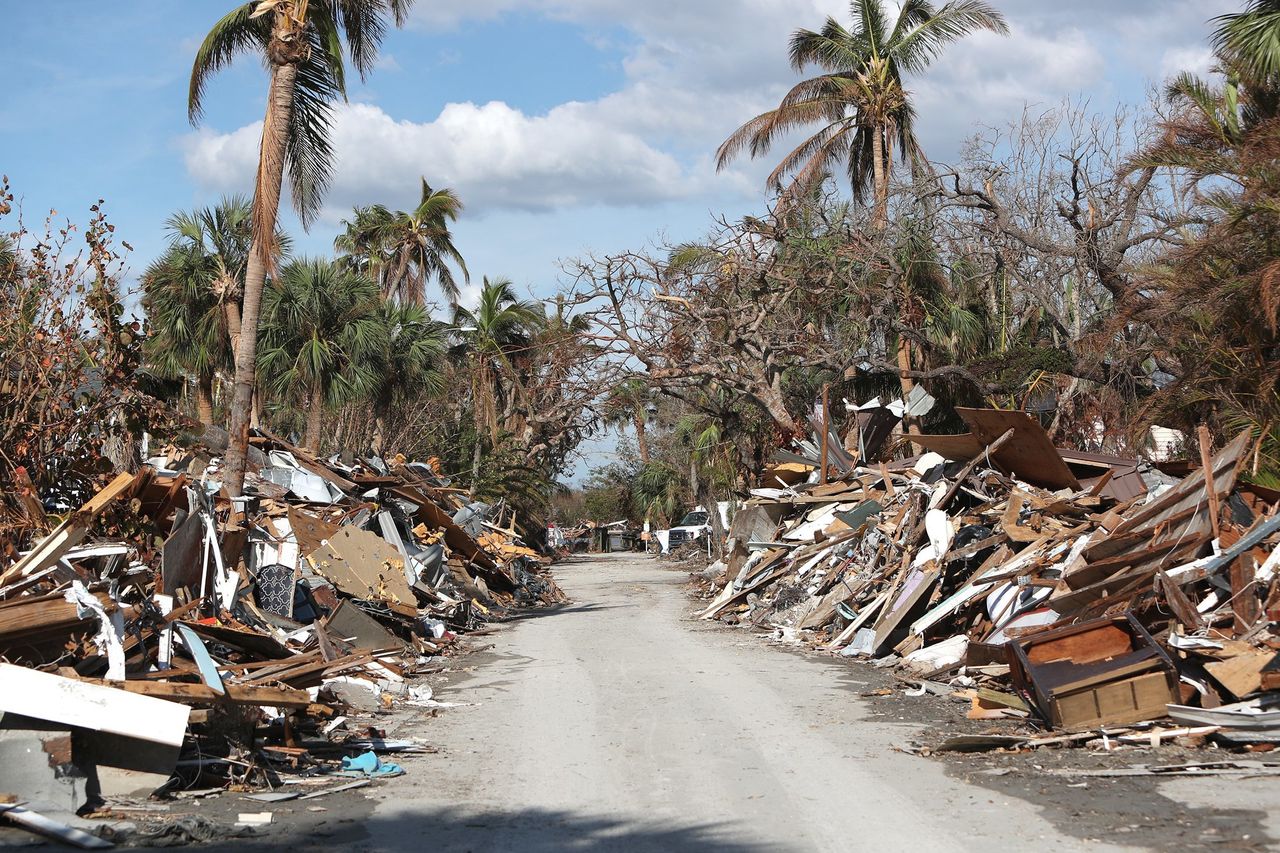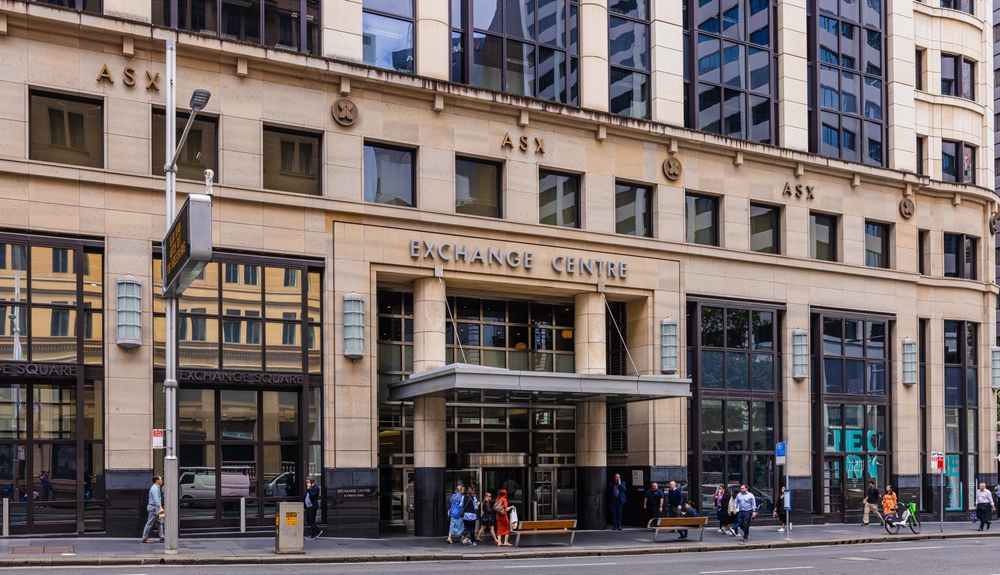Home Buyers Flock to Florida Cities Devastated by Hurricane Ian
‘It’s pretty much business as usual,’ one agent says; area damaged by storm had experienced sharp price run-up
Less than a month after Hurricane Ian caused widespread devastation to southwestern Florida, investors and other buyers are scouring for housing deals in a region where home prices have soared in recent years.
Demand remains strong from both locals and out-of-staters, according to residential real-estate agents in Naples, Fla., and other areas near the path of the Category 4 storm. They say they have received numerous inquiries from people still interested in relocating to the Sunshine State, or hoping to pick up distressed properties.
“It’s pretty much business as usual,” said Kelly Baldwin, an agent for Coldwell Banker in Longboat Key, Fla. “I haven’t had anyone reach out who wants to stop their home search.”
The costs associated with fortifying a home against wind and flooding, along with rising premiums for homeowner and flood insurance, are enough to cause some longtime Florida residents to leave.
But some investors with plenty of cash are expressing interest. Friley Saucier, a global real-estate adviser at Premier Sotheby’s International Realty in Naples, is working with a wealthy individual planning to spend as much as $50 million on distressed real estate in areas that suffered damage from Ian.
“He called me after the storm,” she said. “I’ve spent a week calling agents and others trying to find properties that are off-market because these homes are still being dried out and remediated, so they’re not yet listed.”
Rick Lema, whose primary residence is in Narragansett, R.I., owns a home in a mobile-home park in Englewood, Fla., about midway between Sarasota and Fort Myers, that was damaged by the storm. A cash buyer, he started driving around local neighbourhoods the day after the storm, before he repaired his own home, to look for distressed waterfront homes and commercial properties.
Mr. Lema had been looking for investments previously, but felt that “prices were through-the-roof ridiculous.” Now, he believes owners of damaged properties will jump at the opportunity to unload their holdings. “If they were asking $1 million before the storm, I’ll offer $750,000,” he said.
Certainly, some potential buyers are thinking twice after the damage caused by the storm, which is expected to be between $40 billion and $64 billion for flood and wind losses to Florida residential and commercial properties, according to an estimate by data firm CoreLogic. What is more, 62% of U.S. residents who plan to buy or sell a home in the next year are hesitant to move to an area with climate risk, according to a recent report by brokerage Redfin.
Some with plans to settle in the area are now reconsidering. Kurt Kuemmerle, 60 years old, a carpenter who lives in Marmora, N.J., owns a piece of land in Port Charlotte, about 30 miles northwest of Fort Myers. He said he always thought he would build a home there for retirement with his significant other, Robin Konschak. But now he plans to sell the land.
“We realised that southwest Florida is far too dangerous to live in permanently,” Ms. Konschak said.
Yet many others are undeterred. Connie Langenbahn, 62, a retired school-bus driver, and her husband, Gregg Langenbahn, 61, are leaving their home in Cincinnati in November to become permanent residents of southwest Florida. The couple said they would live with their daughter in Sarasota, Fla., while they shop for a home, a process they began two years ago.
“The hurricane scared my husband, but it’s been my dream my whole life to live in Florida, and I’m not giving up,” Mrs. Langenbahn said.
The two are hoping to spend no more than $450,000 for a three-bedroom, two-bath home. “I’m hoping that prices don’t go up higher now because people need homes,” she said.
Some housing analysts think they will, at least for the short term. “We most likely will see an increase in prices almost immediately, driven mostly by continued strong demand and a storm-induced inventory shortage,” said Ken H. Johnson, a housing economist at Florida Atlantic University’s College of Business.
“While pricing might be erratic for the first few months, the demand for living along a coastline with warm weather and a business-friendly economy seems to have led to quick economic recoveries after recent past hurricane strikes,” said Dr. Johnson.
Few areas in the U.S. have seen prices run up this much already. According to the Naples Area Board of Realtors, the median sales price for a single-family home increased by 24.9% between August 2021 and August 2022, the latest month for which statistics are available, to $725,000. Condominium prices increased by 34% during the same period.
A study released Oct. 11 by Dr. Johnson and Eli Beracha, Ph.D., of Florida International University, found that the Cape Coral-Fort Myers metropolitan area was the nation’s most overvalued housing market in August—before Hurricane Ian—with buyers paying an average of 70% over the area’s long-term pricing trend.
“Due to the devastation, there won’t be a lot of homes to sell for a while,” said Kristen Conti, broker-owner of Peacock Premier Properties in Englewood, Fla. Lack of supply, combined with the demand for homes by both end-users and investors, will cause home prices to increase for 12 to 18 months, she said.
 Copyright 2020, Dow Jones & Company, Inc. All Rights Reserved Worldwide. LEARN MORE
Copyright 2020, Dow Jones & Company, Inc. All Rights Reserved Worldwide. LEARN MORE
This stylish family home combines a classic palette and finishes with a flexible floorplan
Just 55 minutes from Sydney, make this your creative getaway located in the majestic Hawkesbury region.
As Paris makes its final preparations for the Olympic games, its residents are busy with their own—packing their suitcases, confirming their reservations, and getting out of town.
Worried about the hordes of crowds and overall chaos the Olympics could bring, Parisians are fleeing the city in droves and inundating resort cities around the country. Hotels and holiday rentals in some of France’s most popular vacation destinations—from the French Riviera in the south to the beaches of Normandy in the north—say they are expecting massive crowds this year in advance of the Olympics. The games will run from July 26-Aug. 1.
“It’s already a major holiday season for us, and beyond that, we have the Olympics,” says Stéphane Personeni, general manager of the Lily of the Valley hotel in Saint Tropez. “People began booking early this year.”
Personeni’s hotel typically has no issues filling its rooms each summer—by May of each year, the luxury hotel typically finds itself completely booked out for the months of July and August. But this year, the 53-room hotel began filling up for summer reservations in February.
“We told our regular guests that everything—hotels, apartments, villas—are going to be hard to find this summer,” Personeni says. His neighbours around Saint Tropez say they’re similarly booked up.
As of March, the online marketplace Gens de Confiance (“Trusted People”), saw a 50% increase in reservations from Parisians seeking vacation rentals outside the capital during the Olympics.
Already, August is a popular vacation time for the French. With a minimum of five weeks of vacation mandated by law, many decide to take the entire month off, renting out villas in beachside destinations for longer periods.
But beyond the typical August travel, the Olympics are having a real impact, says Bertille Marchal, a spokesperson for Gens de Confiance.
“We’ve seen nearly three times more reservations for the dates of the Olympics than the following two weeks,” Marchal says. “The increase is definitely linked to the Olympic Games.”

Getty Images
According to the site, the most sought-out vacation destinations are Morbihan and Loire-Atlantique, a seaside region in the northwest; le Var, a coastal area within the southeast of France along the Côte d’Azur; and the island of Corsica in the Mediterranean.
Meanwhile, the Olympics haven’t necessarily been a boon to foreign tourism in the country. Many tourists who might have otherwise come to France are avoiding it this year in favour of other European capitals. In Paris, demand for stays at high-end hotels has collapsed, with bookings down 50% in July compared to last year, according to UMIH Prestige, which represents hotels charging at least €800 ($865) a night for rooms.
Earlier this year, high-end restaurants and concierges said the Olympics might even be an opportunity to score a hard-get-seat at the city’s fine dining.
In the Occitanie region in southwest France, the overall number of reservations this summer hasn’t changed much from last year, says Vincent Gare, president of the regional tourism committee there.
“But looking further at the numbers, we do see an increase in the clientele coming from the Paris region,” Gare told Le Figaro, noting that the increase in reservations has fallen directly on the dates of the Olympic games.
Michel Barré, a retiree living in Paris’s Le Marais neighbourhood, is one of those opting for the beach rather than the opening ceremony. In January, he booked a stay in Normandy for two weeks.
“Even though it’s a major European capital, Paris is still a small city—it’s a massive effort to host all of these events,” Barré says. “The Olympics are going to be a mess.”
More than anything, he just wants some calm after an event-filled summer in Paris, which just before the Olympics experienced the drama of a snap election called by Macron.
“It’s been a hectic summer here,” he says.

AFP via Getty Images
Parisians—Barré included—feel that the city, by over-catering to its tourists, is driving out many residents.
Parts of the Seine—usually one of the most popular summertime hangout spots —have been closed off for weeks as the city installs bleachers and Olympics signage. In certain neighbourhoods, residents will need to scan a QR code with police to access their own apartments. And from the Olympics to Sept. 8, Paris is nearly doubling the price of transit tickets from €2.15 to €4 per ride.
The city’s clear willingness to capitalise on its tourists has motivated some residents to do the same. In March, the number of active Airbnb listings in Paris reached an all-time high as hosts rushed to list their apartments. Listings grew 40% from the same time last year, according to the company.
With their regular clients taking off, Parisian restaurants and merchants are complaining that business is down.
“Are there any Parisians left in Paris?” Alaine Fontaine, president of the restaurant industry association, told the radio station Franceinfo on Sunday. “For the last three weeks, there haven’t been any here.”
Still, for all the talk of those leaving, there are plenty who have decided to stick around.
Jay Swanson, an American expat and YouTuber, can’t imagine leaving during the Olympics—he secured his tickets to see ping pong and volleyball last year. He’s also less concerned about the crowds and road closures than others, having just put together a series of videos explaining how to navigate Paris during the games.
“It’s been 100 years since the Games came to Paris; when else will we get a chance to host the world like this?” Swanson says. “So many Parisians are leaving and tourism is down, so not only will it be quiet but the only people left will be here for a party.”
This stylish family home combines a classic palette and finishes with a flexible floorplan
Just 55 minutes from Sydney, make this your creative getaway located in the majestic Hawkesbury region.






















